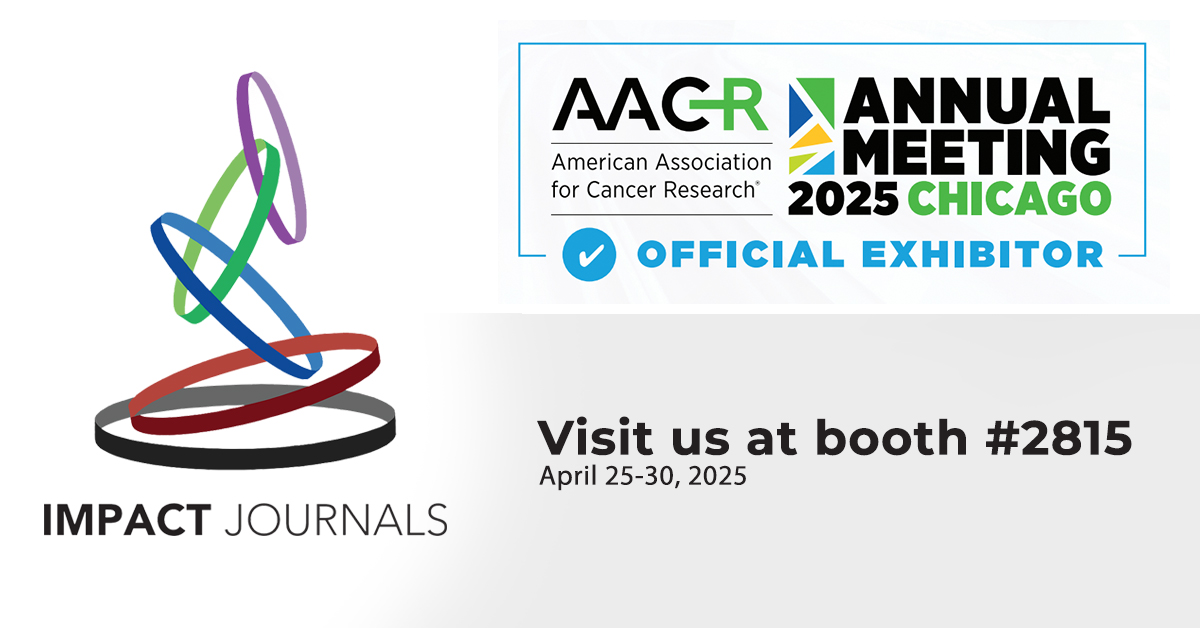Clinical Research Papers:
Binostril endoscopic transsphenoidal neurosurgery for pituitary adenomas: experience with 42 patients
Metrics: PDF 1645 views | HTML 2097 views | ?
Abstract
Guan Sun1,*, Ying Cao2,*, Nan Jiang1, Dekang Nie1, Zhengqiang Wan1, Min Li3, Chiyuan Ma4 and Jun Guo1
1 Department of Neurosurgery, The First People’s Hospital of Yancheng, Yancheng, P R China
2 Department of Ear-Nose-Throat, The Second People’s Hospital of Huai’An, Huai’An, P R China
3 Department of Neurosurgery, Jiangning Hospital Affiliated with Nanjing Medical University, Nanjing, P R China
4 Department of Neurosurgery, Jinling Hospital, School of Medicine, Nanjing University, Nanjing, P R China
* These authors have contributed equally to this work
Correspondence to:
Jun Guo, email:
Chiyuan Ma, email:
Keywords: pituitary adenomas; bilateral nostrils; sphenoid sinus; neuroendoscopy
Received: February 15, 2017 Accepted: March 16, 2017 Published: April 09, 2017
Abstract
Here we review the technical aspects of our experience with the neuroendoscopic bilateral nostril (binostril) transsphenoidal approach for pituitary adenomas. A total of 42 patients were treated in our hospital from September 2013 to December 2015. Total tumor resection was completed in 31 cases, nearly full resection was achieved in 9 cases, and partial resection was achieved in 2 cases. In most cases clinical symptoms were relieved after surgery. These included 18/22 cases with visual field and vision disorders; 19/25 cases with headaches; 11/15 cases where high baseline PRL returned to normal levels; 6/7 cases where elevated blood GH returned to normal levels; and 2/3 cases where elevated blood ACTH returned to normal levels after surgery. Postoperative complications were observed in 13 patients: 8 cases of diabetes insipidus, 4 cases of cerebrospinal fluid rhinorrhea, and 1 case of subarachnoid hemorrhage. Among the key advantages of the neuroendoscopic binostril transsphenoidal approach for pituitary adenoma resection are its minimally-invasive nature, clear exposure of the operative field, high full-excision rates, improved peri-operative safety, and minor patient trauma with fewer postoperative complications.
 All site content, except where otherwise noted, is licensed under a Creative Commons Attribution 4.0 License.
All site content, except where otherwise noted, is licensed under a Creative Commons Attribution 4.0 License.
PII: 16976

